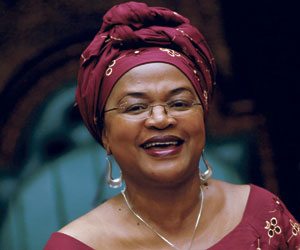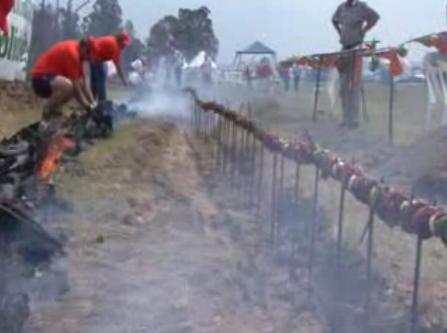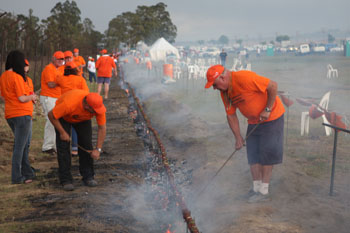Geely recently re-entered the South African car market. They currently have three models on offer: The Geely MK Hatch, Sedan and the LC Mini Hatch. Let’s focus on the LC Mini hatch or the Panda (as it’s called in other markets).
The common perception amongst most car buyers is that the large majority of Chinese imports in South Africa are poor copies of well known brands. The LC Mini hatch however, is being touted as the first Chinese car which has been wholly developed and designed in China – with a 5-star safety rating by C-NCAP.
The car’s design looks quite unique – apart of the rear end – which looks very similar to the Toyota Aygo/Peugeot 107/Citroen C1.

That safety rating – quite amazing don’t you think? Could this be the ground breaking vehicle that starts the turn around in Chinese build quality? Well, let’s take a look at the agency that awarded the Geely LC Mini hatch with this sought after 5-star rating.
It’s called C-NCAP – so surely the name implies that it is affiliated with the famous Euro NCAP agency? Not so. C-NCAP is an abbreviation for Chinese New Car Assessment Program. It was formed in 2006 and has tested over 100 cars to date. Then, why don’t other independent car reviewers carry more information regarding C-NCAP test results? The answer is simple: C-NCAP is controversial and untrustworthy.
Lets take a look at a recent report by China Auto Web:
(1) The program is non-authoritative due to insufficient recognition and participation. Although its organizer, CATARC, is a government-affiliated institute, C-NCAP is not based on, and does not represent, a wide consensus on vehicle safety issues between the government, industry and consumers. To a large degree, it is not operated in an open way. And as acknowledged below, the standards it puts forward are not “official or industry standards”–nor are they intended to be, but rules controlled by a business-like organization, that is, the CATARC.
Thus said Li Weijing, head of C-NCAP’s Administration Department:
“The standards [for vehicle safety] we formulate are not official standards (from the government) or industry standards. You can say they are standards from a company–that is, rules and procedures set by our center (CATARC), which can be regarded as a business. As we are the maker of the rules, we are the dominant and leading factor.”
(2) The program lacks neutrality and fairness due to its for-profit activities. Receiving no direct funding from the government, it has to come up with the money to smash cars through skillful means (it sells not only a car magazine but new cars itself). According to its supervisors, CATARC pays about 80% the program’s running cost, which reached millions of US dollars each year, while automakers cover the rest (they pay big to buy smashed models and data of the tests, among other things, from C-NCAP). For those automakers who choose to pay for the crash tests of their own models, the program routinely selects as test cars models of top trim levels, which come with more safety features, even if those models are rare on the market.
Can money buy more stars? The readers can judge for themselves from the following statement made in a highly frank–also puzzling–way by the chief of CATARC, Zhao Hang.
“In a market economy, there cannot be any “third party” in an absolute sense, or an enterprise that is not for-profit. We, in the auto industry, is to serve the members of that industry. And I feel it is totally normal to charge a little for our service. If this can be described as for-profit, if the served and serving can be described by such a relation of profit, then we are all in that relation. We do not charge for anything other than service, or favor any particular company we serve.”
(3) Compared with NCAP tests in other parts of the world, the tests C-NCAP carries out are often insufficient, less strict, and based on compromised requirements. C-NCAP administers three tests: frontal of 100% and 40% overlap and side impact, omitting pedestrian protection, rear impact, and side impact pole tests. And it usually crashes cars at a lower speed than other NCAPs, opting for 50km/h in the frontal test–compared with 64km/h in Europe, Australia and Latin America, and 56km/h in the US.
What’s more, a model can get credits for many extra-test factors, such as how many airbags it has, whether the seatbelt reminders are installed, and the way it gives out these extra credits often seems non-consistent and arbitrary.
(4) Currently most Chinese consumers, which the C-NCAP is supposed to serve, do not trust it. Even the state television, CCTV, made a special program casting doubts on its validity. According to a poll conducted by sina.com.cn, the most frequented Chinese internet portal, 72% of the over 4,000 people asked say they do not think the program’s crash tests are fair; only 6% think they are.







